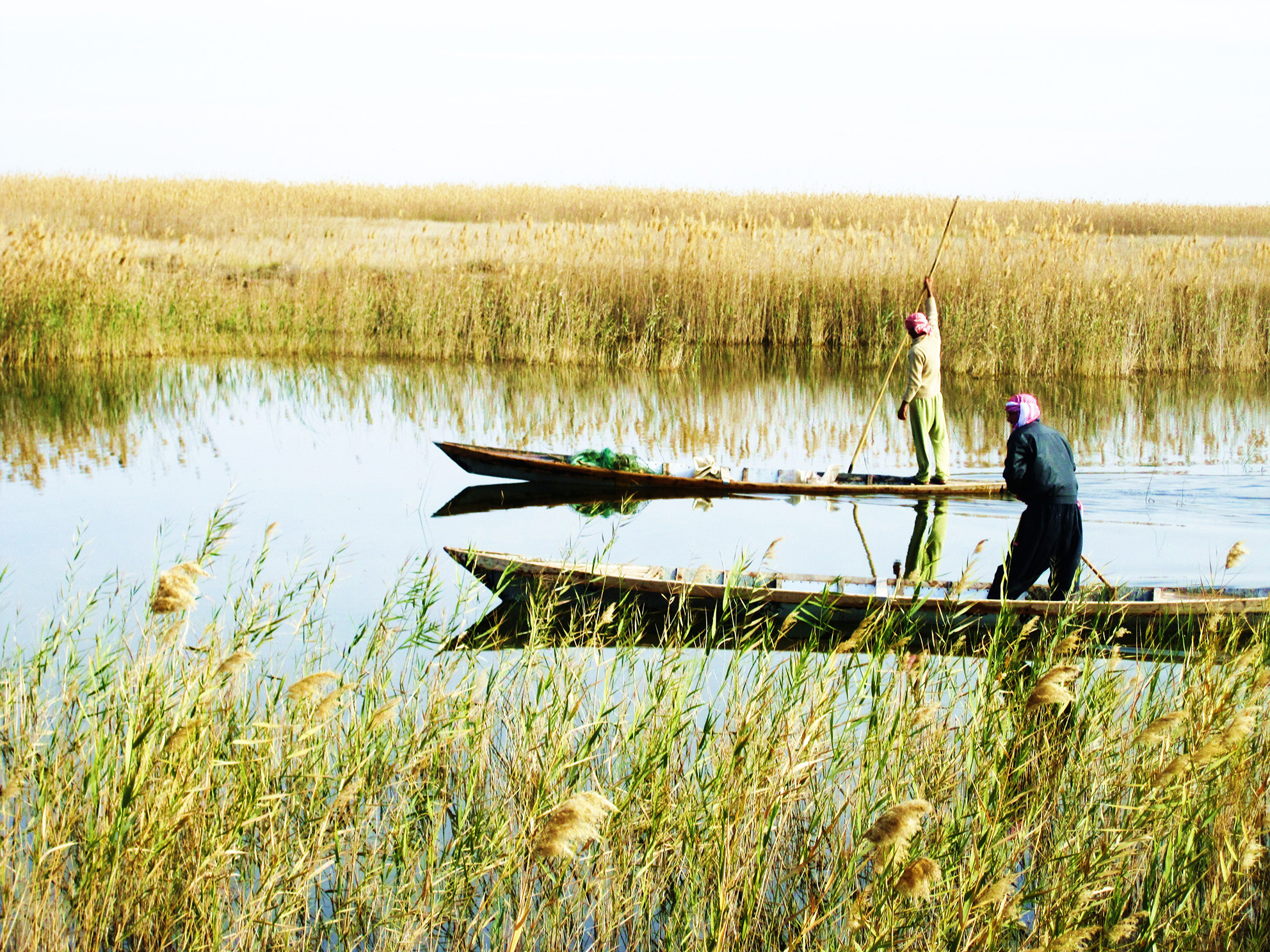With less than seven weeks left before the current Iranian year ends (March 20), the annual budget earmarked for the preservation of Iran's wetlands has yet to be paid to the Department of Environment, according to an official at DOE.
Speaking to reporters on the occasion of World Wetlands Day (Feb. 2), Farhad Dabiri, DOE's deputy for natural environments, said the budget is usually made available by June every year but has been delayed this year, ILNA reported.
Dabiri refused to disclose the approved budget, saying that it will be announced if and when the department receives the funds.
"We hope to receive the money before the yearend—maybe by the beginning of Esfand (Feb. 19)," he said, referring to the 12th month of the Iranian calendar.
"In the Iranian year ending March 2016, only 30% of the allotted budget were paid to DOE."
Dabiri said the High Council of Water has reviewed the amount of water allocated to different sectors to help revive wetlands and ensure the natural environment receives a fair share of Iran's dwindling water resources.
"Earlier, potable water topped the list of priorities, followed by agriculture and industry. However, at present, potable water is still the top priority but the natural environment (e.g. wetlands) comes second and is followed by agriculture," he said.
Upholding Water Rights
The official noted that DOE has held talks with the Energy Ministry to uphold the water rights of lagoons so that at least the minimum amount of water needed to preserve wetlands remains in them.
Water wells around wetlands, most of which are illegal, are among the major challenges to water conservation. Therefore, the Energy Ministry has been tasked with finding and sealing illegal wells and controlling water withdrawal from legal wells.
"The plan to balance the recharge of groundwater sources and consumption is our other demand from the ministry to help restore wetlands," he said.
Asked why there are still dikes on the path of Hamoun Wetlands' tributaries along Iran-Afghanistan border, Dabiri said 50 levees have been removed but there is no need to open the others.
"Where there is no water to flow in to the wetland, we do not agree with the removal of the levees as they help control the entry of smugglers and criminals into the country from Afghanistan," he explained.
According to the official, there are 42 types of wetlands in the world, 41 of which are found in Iran. At present, six of Iran's wetlands are included in the Montreux Record.
The Montreux Record is a register of wetland sites on the List of Wetlands of International Importance where changes in ecological character have occurred, are occurring, or are likely to occur as a result of technological developments, pollution or other human interference. It is maintained as part of the Ramsar List.
The endangered wetlands include Anzali Lagoon in Gilan Province, Hamoun-e-Puzak as well as Hamoun-e-Saberi and Hamoun-e-Helmand on Iran-Afghanistan border, Neyriz Lakes and Kamjan Marshes in Fars, Shadegan Marshes and mudflats of Khor-al-Amaya and Khor Musa in Khuzestan, Shurgol, Yadegarlu and Dorgeh Sangi Lakes in West Azarbaijan.
Alagol, Ulmagol and Ajigol lakes in Golestan were removed from the list in 2009.


